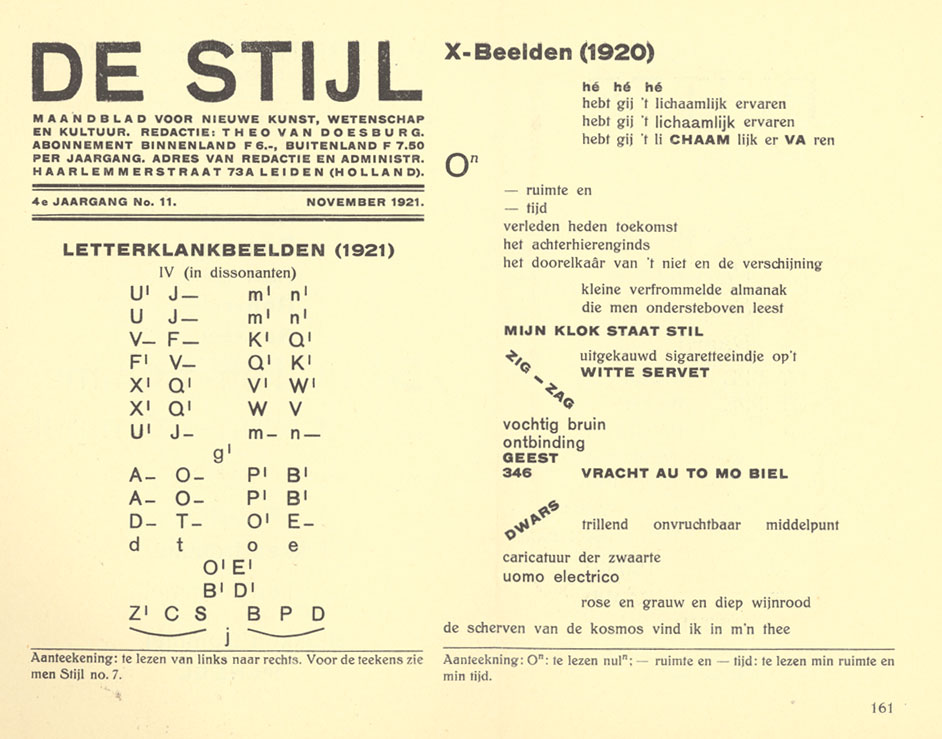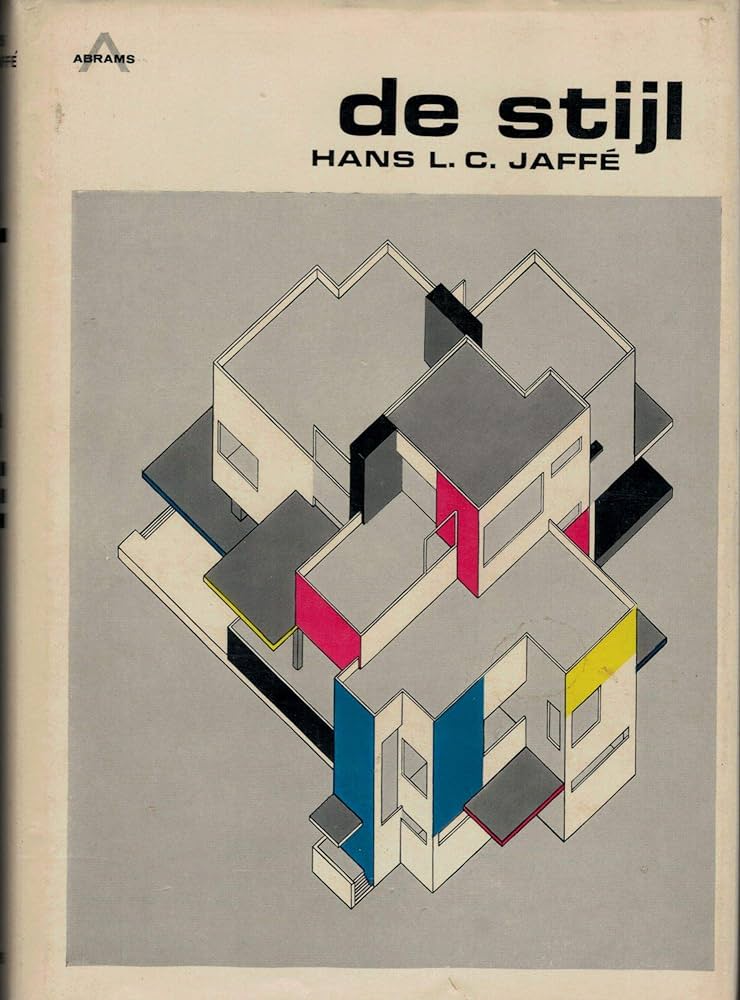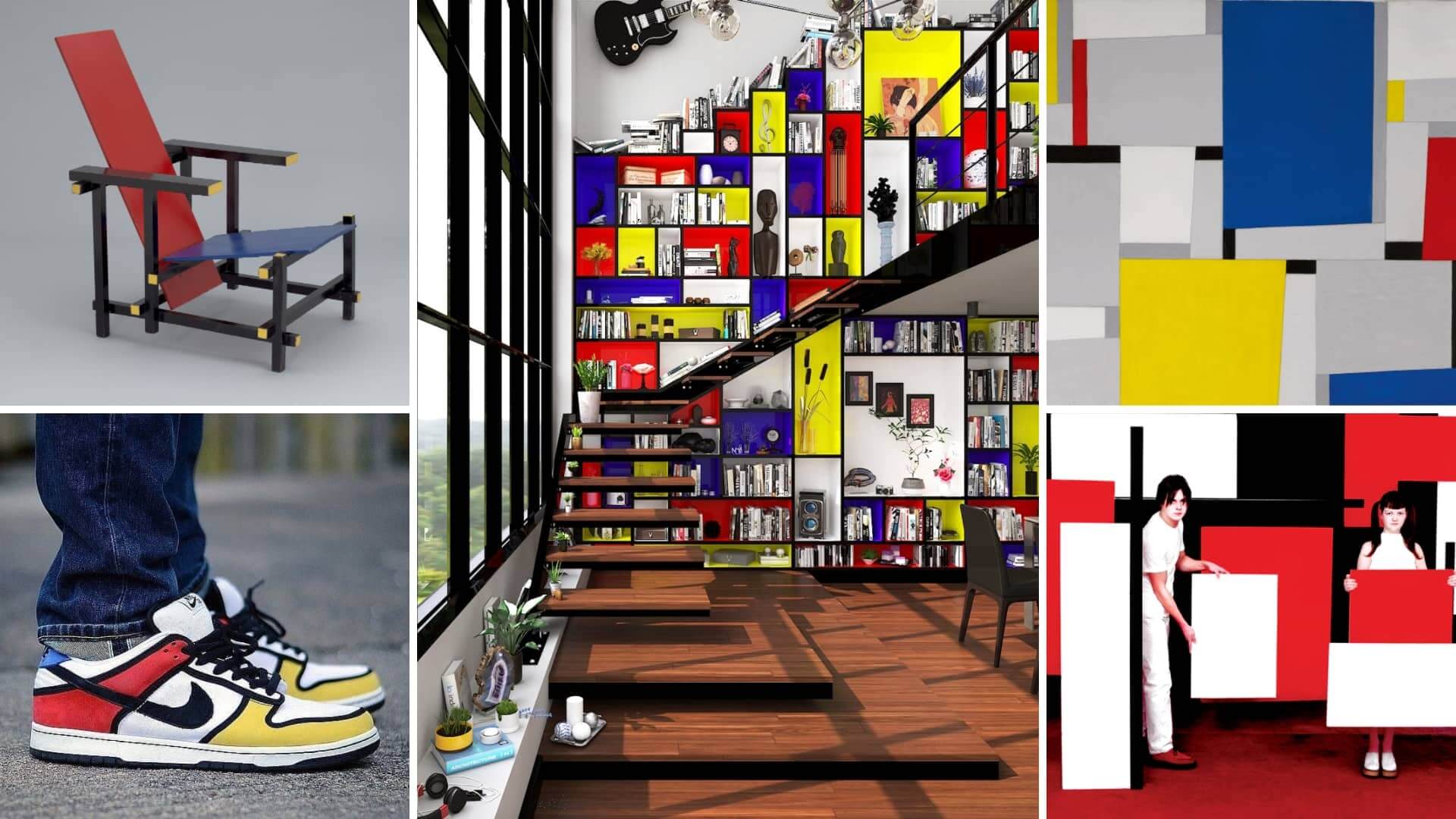
Have you ever wondered what lies behind the minimalist and abstract essence of certain works of art? Let me introduce you to the magical world of Neoplasticism and the profound meaning of De Stijl.
De Stijl: what it is and why it is associated with Neoplasticism

Neoplasticism is not just a term but a revolutionary artistic movement that embraced various disciplines: from painting to architecture and even literature. This movement, better known as De Stijl, led to the development of interesting aesthetic theories, even surpassing the abstract experiments of Cubism.
DE STIJIL: ORIGINS AND DEVELOPMENT
Born in the Netherlands between 1916 and 1917, Neoplasticism found its voice in the magazine De Stijl (‘The Style’), which became a global emblem of the movement.
Founded in 1917 by Theo van Doesburg and Piet Mondrian, De Stijl magazine promoted the ideas and visions of the Neo-Plasticist movement.
Through its pages, ‘De Stijl’ introduced a new aesthetic based on purity, abstraction and simplicity, celebrating geometric shapes and pure colours. Moreover, it was a reference point for artists, architects and theorists, who could discuss, compare and disseminate the ideas of Neoplasticism.
At a time of rapid change and artistic experimentation, ‘De Stijl’ represented a compass pointing a clear and revolutionary direction in the international art scene.
It was therefore the pictorial visions of artists such as works of Mondrian and Theo van Doesburg, but also the architectural mastery of J. J. P. Oud and the poetry of Anthony Kok that gave life to this movement, which saw many great masters united under the banner of De Stijl.
In a Europe in turmoil due to the First World War, these artists saw the need for a new artistic expression, a movement that could represent harmony and order in contrast to the chaos of the outside world.
DE STIJIL AND NEOPLASTIC ARCHITECTURE
Each edition of ‘De Stijl’ was a triumph of new ideas. The articles, illustrations and layouts were works of art in themselves, evidence of the movement’s desire to reduce everything to its purest essence. The magazine promoted the elimination of all decoration and encouraged the use of basic geometric shapes, using only the limited primary colours.
It was not only suggestions for painting and sculpture but for all art forms: architecture, interior design and even literature.
In the field of architecture, De Stijl imposed strict rules, abandoning curves to adopt rectangular forms.
Neoplastic architecture, strongly influenced by the De Stijl movement and the theories of Neoplasticism, represents a revolution in design approach. This architectural style is distinguished by its preference for orthogonality, avoiding curves and diagonals in favour of rectangular or rectangle-derived forms. Bright primary colours, together with white, black and grey, decorate flat surfaces, emphasising a clear division between solids and voids.
The neo-plastic approach rejects superfluous ornamentation, aiming instead for an aesthetic of pure rationality and essentiality. This architectural vision goes beyond mere aesthetics, proposing buildings that extend into their context, almost as if they wish to dominate their surroundings, transforming space into a tangible manifestation of neoplastic theories. Through neo-plastic architecture, buildings become not only functional structures, but also powerful expressions of an artistic and philosophical ideal.
NEOPLASTICISM AND BAUHAUS
It is impossible not to notice the similarities between Neoplasticism and the Bauhaus school, active in Germany between 1919 and 1933. Both movements shared a love of clarity and rationality, but unfortunately clashed with the repressive ideologies of Nazism.
Although Neo-Plasticism originated in the Netherlands, with artists such as Mondrian promoting essentiality of form and abstraction, it was embraced and assimilated by the Bauhaus, the famous German design school. Both movements were united by the quest for a synthesis of art and function, embracing principles of rationality, clarity and purity of form.
The Bauhaus school incorporated many of the Neo-Plasticist ideas into its theories and practices, seeing in the essentiality of Neo-Plasticism a universal language for design. Both movements also shared a deep commitment to social reform, seeking to use art and design as means to create a better world.
The shared legacy of Neoplasticism and Bauhaus continues to profoundly influence contemporary art and design.

Like all revolutions, ‘De Stijl’ also encountered resistance and eventually declined, notably with Doesburg’s death in 1931. Nevertheless, its legacy is universally recognised as fundamental. Even as the publications came to an end, the ideas continued to flourish and influence generations of artists.
De Stijl was not just a magazine that amplified the voice of a movement such as Neo-Plasticism, it was actually a new vision of the world and allowed people to see and interpret reality differently. Its legacy continues to influence art and design, reminding us of the importance of essentiality and abstraction in artistic creation.

